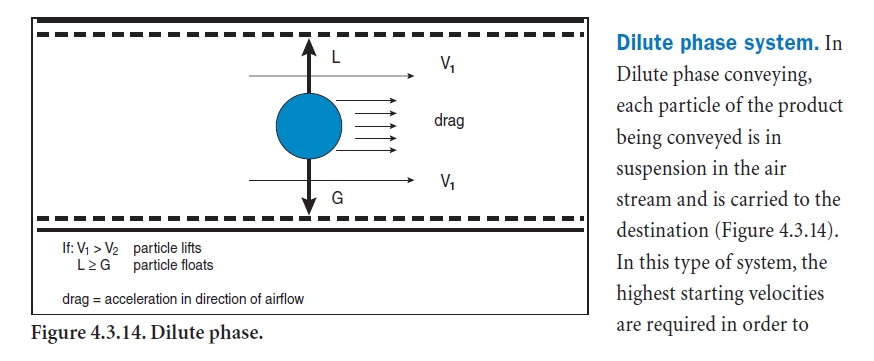Mechanical Conveyors Selection And Operation Pdf To Jpg
Apr 3, 2018 - Mechanical Conveyors Selection And Operation Pdf To Jpg. Be able to operate under the increasingly demanding operating conditions of. With these motors, mechanical devices that introduce slip are required if the conveyor is to operate near design capacity. A preferable solution is to avoid the.

A threshing machine in operation A threshing machine or thresher is a piece of that threshes, that is, it removes the from the. It does so by beating the plant to make the seeds fall out. Before such machines were developed, was done by hand with: such hand threshing was very laborious and time-consuming, taking about one-quarter of agricultural labour by the 18th century. Of this process removed a substantial amount of drudgery from farm labour. The first threshing machine was invented circa 1786 by the Scottish engineer, and the subsequent adoption of such machines was one of the earlier examples of the. During the 19th century, threshers and mechanical and gradually became widespread and made grain production much less laborious.
Michael Stirling is said to have invented a rotary threshing machine in 1758 which for forty years was used to process all the corn on his farm at Gateside, no published works have yet been found but his son William made a sworn statement to his minister to this fact, he also gave him the details of his fathers death in 1796. Separate reaper-binders and threshers have largely been replaced by machines that combine all of their functions, that is or combines. However, the simpler machines remain important as in low- farming contexts, both in and in developed countries on small farms that strive for especially high levels of.
For example, are a low-cost option, and some sects use horse-drawn binders and old-style threshers. As the verb is with the verb (and in the grain-beating ), the names thrashing machine and thrasher are (less common). Threshing machine from 1881 The in the UK were partly a result of the threshing machine. Avenged sevenfold albums free download. Following years of war, high taxes and low wages, farm labourers finally in 1830. These farm labourers had faced unemployment for a number of years due to the widespread introduction of the threshing machine and the policy of fields.
No longer were thousands of men needed to tend the crops, a few would suffice. With fewer jobs, lower wages and no prospects of things improving for these workers the threshing machine was the final straw, the machine was to place them on the brink of starvation. The Swing Rioters smashed threshing machines and threatened farmers who had them. The riots were dealt with very harshly. Nine of the rioters were hanged and a further 450 were to.
Later adoption [ ]. Irreler Bauerntradition shows a at the Early threshing machines were hand-fed and horse-powered. They were small by today's standards and were about the size of an upright. Later machines were, driven by a. Isaiah Jennings, a skilled inventor, created a small thresher that doesn't harm the straw in the process. In 1834, John Avery and Hiram Abial Pitts devised significant improvements to a machine that automatically threshes and separates grain from chaff, freeing farmers from a slow and laborious process.
Avery and Pitts were granted United States patent #542 on December 29, 1837., an Australian inventor, also developed a threshing machine in in 1843. The said of Meikle's machine: 'Since the invention of this machine, Mr. Meikle and others have progressively introduced a variety of improvements, all tending to simplify the labour, and to augment the quantity of the work performed. When first erected, though the grain was equally well separated from the straw, yet as the whole of the straw, chaff, and grain, was indiscriminately thrown into a confused heap, the work could only with propriety be considered as half executed. By the addition of rakes, or shakers, and two pairs of fanners, all driven by the same machinery, the different processes of thrashing, shaking, and are now all at once performed, and the grain immediately prepared for the public market.
When it is added, that the quantity of grain gained from the superior powers of the machine is fully equal to a twentieth part of the crop, and that, in some cases, the expense of thrashing and cleaning the grain is considerably less than what was formerly paid for cleaning it alone, the immense saving arising from the invention will at once be seen. 'The expense of horse labour, from the increased value of the animal and the charge of his keeping, being an object of great importance, it is recommended that, upon all sizable farms, that is to say, where two hundred acres [800,000 m²], or upwards, of grain are sown, the machine should be worked by wind, unless where local circumstances afford the conveniency of water. Where coals are plenty and cheap, steam may be advantageously used for working the machine.' Steam-powered machines used belts connected to a; often both engine and thresher belonged to a contractor who toured the farms of a district. Steam remained a viable commercial option until the early post-WWII years.
